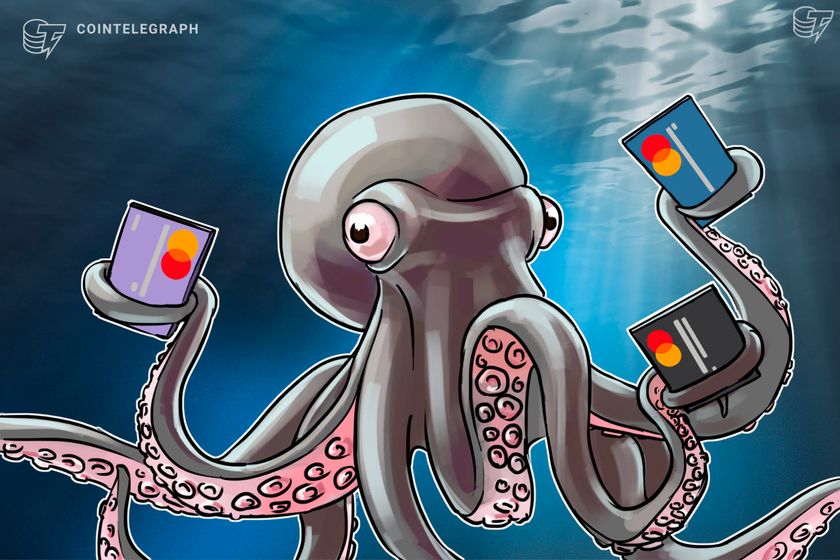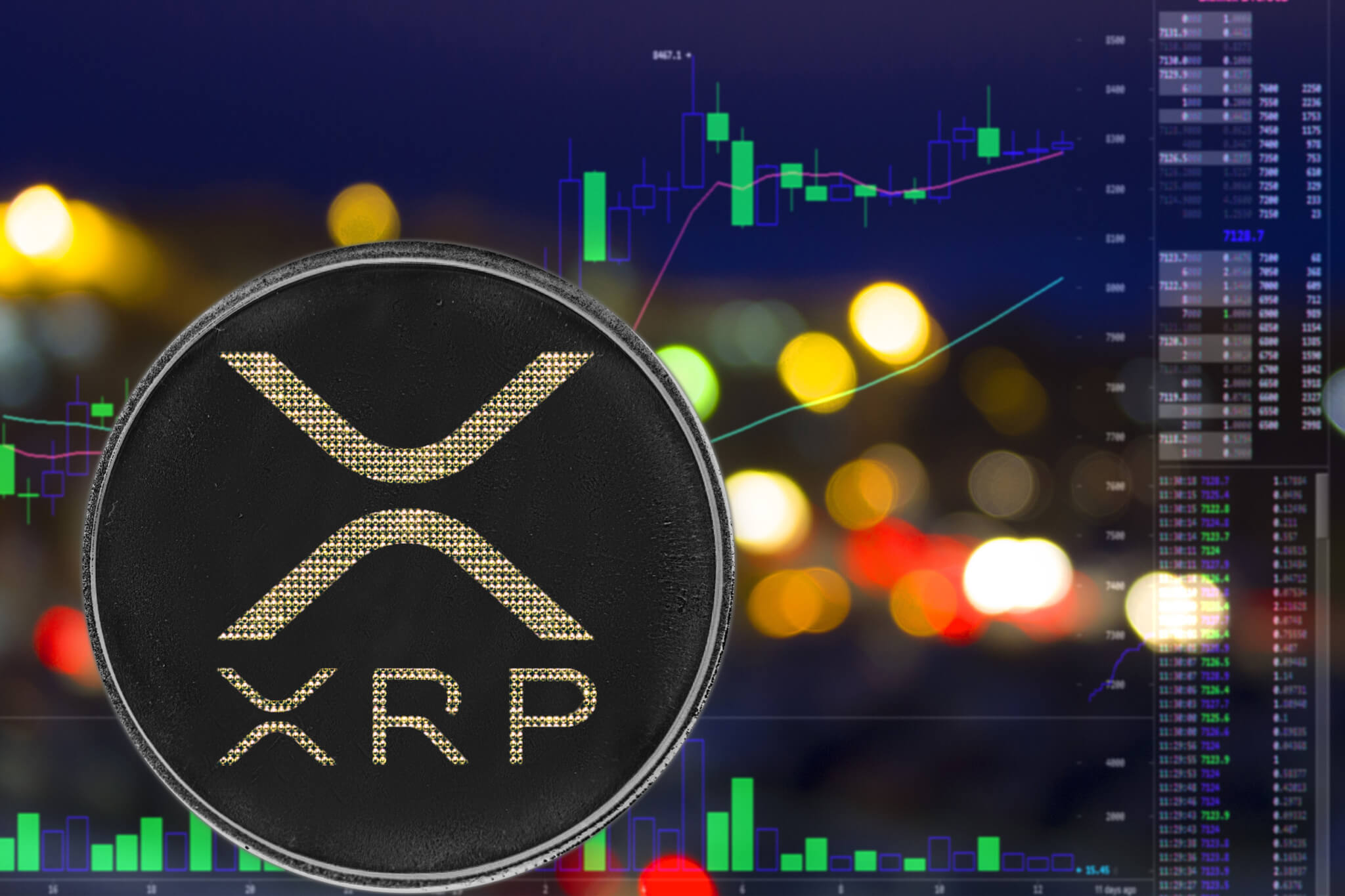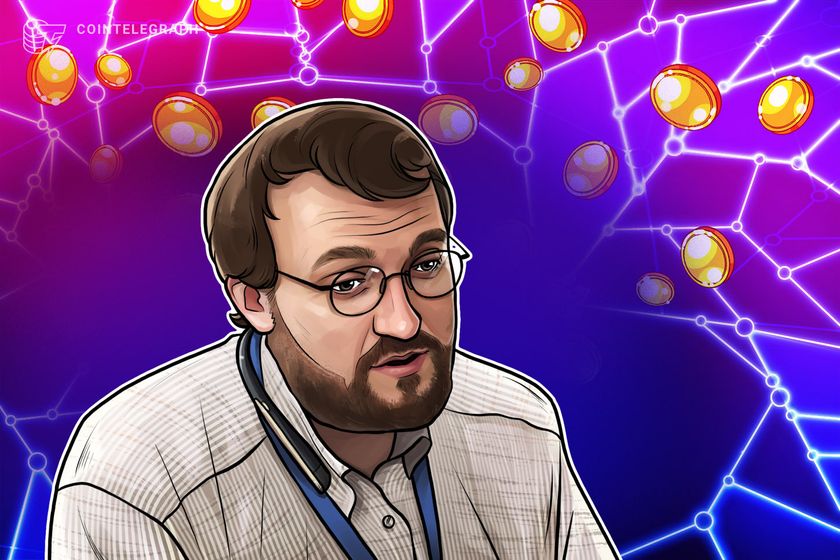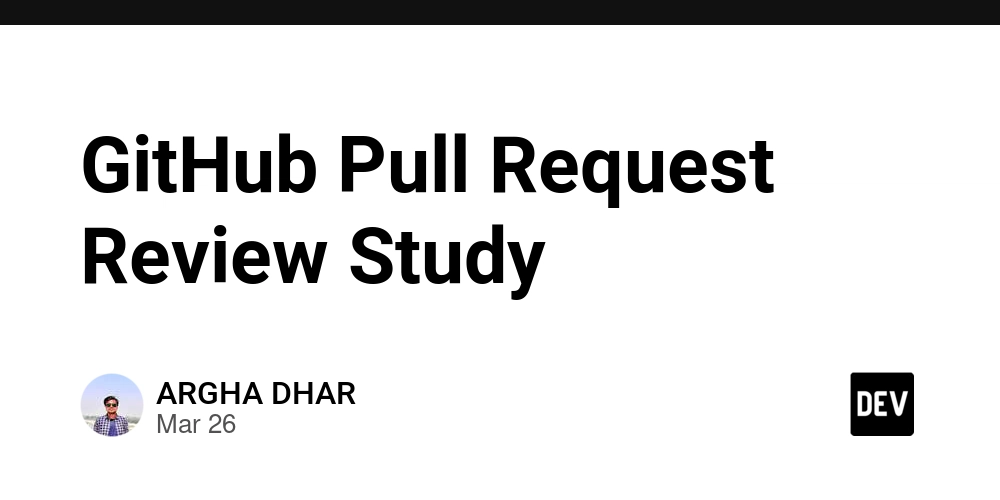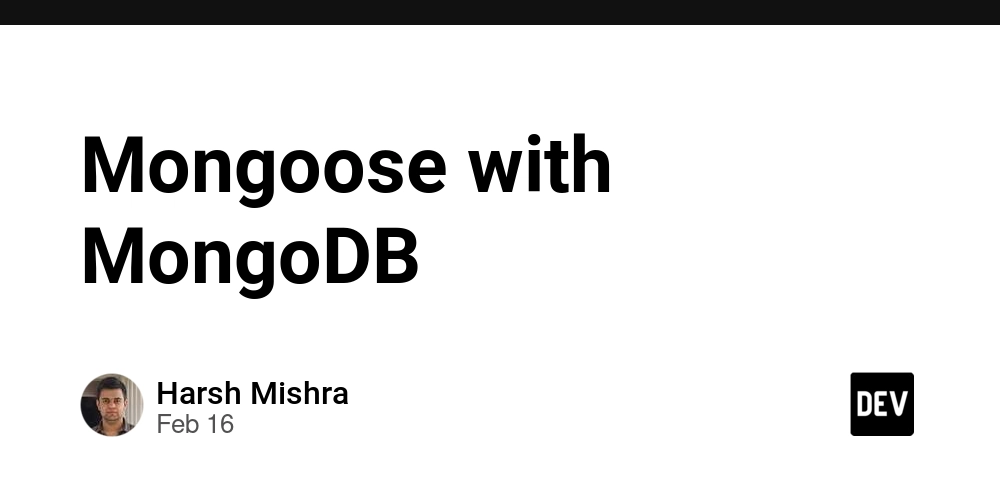Open Source Funding for Educational Resources and Blockchain-based Project Funding: A New Paradigm
Abstract: This post explores how two innovative funding mechanisms—open source funding for educational resources and blockchain-based project funding—are revolutionizing access to quality education. We discuss the history and background of each model, outline their core concepts and features, and provide real-world use cases. In addition, we analyze emerging trends, challenges, and future innovations, all while weaving in authoritative links such as BitDegree, TeachMePlease, and resources like the Copyleft Licenses Ultimate Guide. By merging transparency, collaboration, and decentralized funding solutions, these paradigms are set to empower educators, developers, and blockchain enthusiasts alike. Introduction In today’s digital era, education is undergoing rapid transformation. Traditional models have given way to more resilient, decentralized funding systems that ensure quality educational resources are accessible to everyone. Open source funding and blockchain-based funding represent two driven approaches that aim to democratize and secure educational financing. By leveraging the strengths of community contributions and blockchain transparency, these models address challenges such as high costs, inefficiencies, and bureaucratic hurdles traditionally associated with funding educational projects. These approaches are not only reshaping how educational content is developed and distributed but also how the funds needed for these innovations are sourced, managed, and audited. As a community of educators, developers, and blockchain enthusiasts continues to grow, open collaboration and decentralized funding have become key drivers for innovative educational platforms. Background and Context Historical Perspective Historically, the educational world relied on expensive textbooks and proprietary resources. As digital transformation accelerated, initiatives like open source software paved the way for a new generation of educational content that could be freely accessed, modified, and distributed. Today, these ideas are expanding beyond software into broader educational areas—thanks largely to global collaboration and technology advancements. Open Source Funding grew from communities such as those behind Linux and Mozilla Firefox, where developers and experts pooled their resources and skills to create robust, reliable systems. In education, this model translates to community-driven projects where: Individual donors and volunteers contribute time and expertise. Nonprofit organizations and corporate sponsors partner to fund innovation. Crowdfunding platforms enable smaller contributions from a global audience. Blockchain in Educational Project Funding Blockchain technology, with its core pillars of decentralization and transparency, is revolutionizing funding practices. A blockchain is a secure, immutable distributed ledger that records transactions in real time. Its integration into educational funding offers: Reduced intermediary costs: Smart contracts automate fund disbursement, eliminating the need for traditional middlemen. Enhanced transparency: Every transaction is recorded on the blockchain, allowing all stakeholders to audit fund flows. Increased trust: Through decentralized governance, stakeholders can be confident that funds are used as intended. Real-world projects using these technologies include platforms like TeachMePlease and BitDegree, which employ blockchain-based mechanisms to deliver token-based scholarships and transparent funding systems. Ecosystem Context The fusion of open source funding and blockchain offers a dynamic ecosystem where both models complement each other. Key concepts include: Community Collaboration: Open source projects thrive on collective input and iterative improvements. Decentralized Governance: Blockchain enables shared decision-making that reinforces trust. Smart Contract Automation: Funds are securely released only when pre-set conditions or milestones are met. Tokenization and NFTs: Unique digital rewards incentivize contributions while also creating tradable assets. Below is a bullet list of essential elements in this evolving ecosystem: Open Source Literacy: Ability of educators and developers to work collaboratively on digital content. Blockchain Transparency: Immutable records that promote accountability in funding. Smart Contracts: Automated systems that trigger funds release upon meeting specific criteria. NFT Tokenization: Digital assets that incentivize contributors and provide liquidity in funding. Crowdfunding Integration: Combining diverse contributions to support innovative projects. Core Concepts and Features Open Source Funding Model At its core, the open source funding model leverages community contributions to create adaptable and high-quality educational resources. Some of its key features include: Community Contributions: Enga
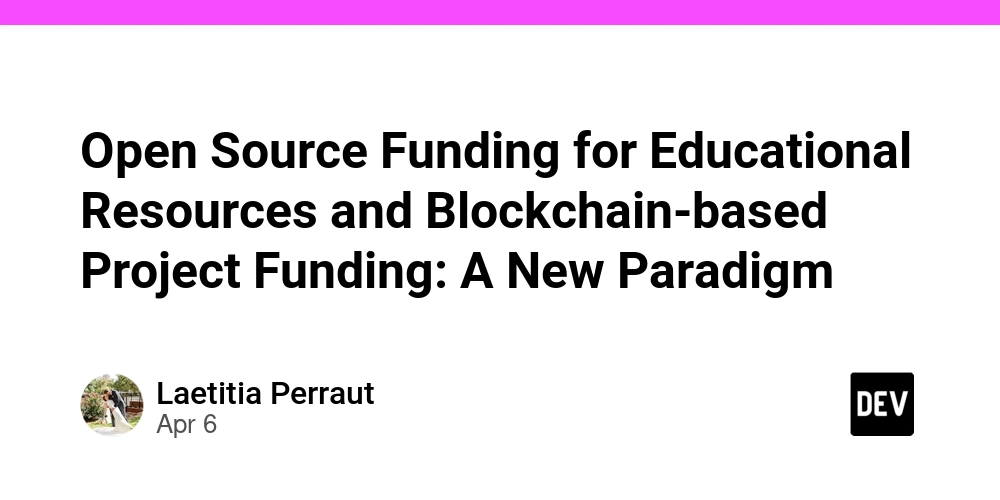
Abstract:
This post explores how two innovative funding mechanisms—open source funding for educational resources and blockchain-based project funding—are revolutionizing access to quality education. We discuss the history and background of each model, outline their core concepts and features, and provide real-world use cases. In addition, we analyze emerging trends, challenges, and future innovations, all while weaving in authoritative links such as BitDegree, TeachMePlease, and resources like the Copyleft Licenses Ultimate Guide. By merging transparency, collaboration, and decentralized funding solutions, these paradigms are set to empower educators, developers, and blockchain enthusiasts alike.
Introduction
In today’s digital era, education is undergoing rapid transformation. Traditional models have given way to more resilient, decentralized funding systems that ensure quality educational resources are accessible to everyone. Open source funding and blockchain-based funding represent two driven approaches that aim to democratize and secure educational financing. By leveraging the strengths of community contributions and blockchain transparency, these models address challenges such as high costs, inefficiencies, and bureaucratic hurdles traditionally associated with funding educational projects.
These approaches are not only reshaping how educational content is developed and distributed but also how the funds needed for these innovations are sourced, managed, and audited. As a community of educators, developers, and blockchain enthusiasts continues to grow, open collaboration and decentralized funding have become key drivers for innovative educational platforms.
Background and Context
Historical Perspective
Historically, the educational world relied on expensive textbooks and proprietary resources. As digital transformation accelerated, initiatives like open source software paved the way for a new generation of educational content that could be freely accessed, modified, and distributed. Today, these ideas are expanding beyond software into broader educational areas—thanks largely to global collaboration and technology advancements.
Open Source Funding grew from communities such as those behind Linux and Mozilla Firefox, where developers and experts pooled their resources and skills to create robust, reliable systems. In education, this model translates to community-driven projects where:
- Individual donors and volunteers contribute time and expertise.
- Nonprofit organizations and corporate sponsors partner to fund innovation.
- Crowdfunding platforms enable smaller contributions from a global audience.
Blockchain in Educational Project Funding
Blockchain technology, with its core pillars of decentralization and transparency, is revolutionizing funding practices. A blockchain is a secure, immutable distributed ledger that records transactions in real time. Its integration into educational funding offers:
- Reduced intermediary costs: Smart contracts automate fund disbursement, eliminating the need for traditional middlemen.
- Enhanced transparency: Every transaction is recorded on the blockchain, allowing all stakeholders to audit fund flows.
- Increased trust: Through decentralized governance, stakeholders can be confident that funds are used as intended.
Real-world projects using these technologies include platforms like TeachMePlease and BitDegree, which employ blockchain-based mechanisms to deliver token-based scholarships and transparent funding systems.
Ecosystem Context
The fusion of open source funding and blockchain offers a dynamic ecosystem where both models complement each other. Key concepts include:
- Community Collaboration: Open source projects thrive on collective input and iterative improvements.
- Decentralized Governance: Blockchain enables shared decision-making that reinforces trust.
- Smart Contract Automation: Funds are securely released only when pre-set conditions or milestones are met.
- Tokenization and NFTs: Unique digital rewards incentivize contributions while also creating tradable assets.
Below is a bullet list of essential elements in this evolving ecosystem:
- Open Source Literacy: Ability of educators and developers to work collaboratively on digital content.
- Blockchain Transparency: Immutable records that promote accountability in funding.
- Smart Contracts: Automated systems that trigger funds release upon meeting specific criteria.
- NFT Tokenization: Digital assets that incentivize contributors and provide liquidity in funding.
- Crowdfunding Integration: Combining diverse contributions to support innovative projects.
Core Concepts and Features
Open Source Funding Model
At its core, the open source funding model leverages community contributions to create adaptable and high-quality educational resources. Some of its key features include:
-
Community Contributions:
- Engagement: Volunteers and experts worldwide contribute to content creation and refinement.
- Continuous Improvement: Projects evolve rapidly with continuous feedback loops.
-
Adaptability and Flexibility:
- Open licenses empower educators to remix and localize materials.
- Encourages innovation and cross-cultural adaptation.
-
Cost Efficiency:
- Eliminates the need for expensive proprietary software and licensing fees.
- Directing saved funds towards other educational goals.
-
Diverse Funding Sources:
- Funding not only comes from donations but also from grants and sponsorships.
- Crowdfunding platforms such as GitHub Sponsors and Patreon further diversify funding channels.
Blockchain Integration in Funding
Blockchain technology builds on the open source model by adding security, automation, and transparency throughout the funding process. Its main features include:
-
Security and Decentralization:
- Removes single points of failure, making systems resilient to fraud.
- Every transaction is permanently recorded.
-
Smart Contract Automation:
- Efficiency: Automatically disburses funds when predefined project milestones are met.
- Reduces administrative overhead.
-
Tokenization Incentives:
- Contributors can be rewarded with digital tokens and NFTs, such as those seen with the Zora NFT Collection and The Sandbox Assets NFT Collection.
- These tokens are tradable and provide ongoing incentives for high-quality contributions.
-
Transparent Funding Flows:
- Blockchain records provide real-time monitoring and auditing.
- Ensures accountability for every dollar spent on project development.
Overlapping Features: A Comparative Table
The table below compares the overlapping features of open source funding and blockchain-based project funding:
| Feature | Open Source Funding | Blockchain-based Funding |
|---|---|---|
| Transparency | Shared workflows and open audits | Immutable ledger captures every transaction |
| Community Collaboration | Driven by volunteer contributions and peer reviews | Decentralized governance enables collective decision-making |
| Cost Efficiency | Reduces licensing fees and proprietary costs | Minimizes fees by eliminating intermediaries |
| Adaptability | Open licenses allow remixing and localization of resources | Smart contracts adjust fund distribution in real-time |
| Security & Trust | Reputation built on community merits | Cryptographic security ensures data integrity |
In essence, both models emphasize transparency, collaboration, and efficiency. By blending these features, modern educational funding infrastructure becomes robust and nimble enough to adapt to evolving digital landscapes.
Applications and Use Cases
These innovative funding models are already influencing real-world projects in education. Below are a few practical applications illustrating their impact.
1. Blockchain-Enabled Scholarship Platforms
One clear example of blockchain's transformative role is in scholarship funding. Platforms like TeachMePlease use smart contracts to automate fund disbursement. The process is straightforward:
- Funding Collection: Educational projects receive funds through crowdfunding, grants, and community donations.
- Smart Contract Execution: When milestones are met (e.g., project phases or academic achievements), funds are automatically released.
- Transparent Auditing: Stakeholders can verify each transaction on the blockchain ensuring accountability.
This model not only reduces administrative overhead but also drastically increases trust in fund management. Implementing such systems on a large scale could help underprivileged learners worldwide access scholarships in a secure manner.
2. NFT-based Educational Incentivization
Another innovative application is the use of NFTs to incentivize contributions in education. For instance:
- Digital Asset Issuance: Projects reward contributors with NFTs that serve as tokens of appreciation and ownership.
- Tradability: These NFTs can be traded on marketplaces, providing liquidity and additional incentive.
- Community Engagement: NFT holders often gain voting rights in project-related decisions.
Noteworthy examples include the Zora NFT Collection and The Sandbox Assets NFT Collection. Such models blend education with a gamified incentive system and engender long-term engagement.
3. Crowdsourced Content Development
Merging traditional crowdfunding with blockchain verification can create an ecosystem where educational content is continuously updated. The process can be summarized as follows:
- Launch the Project: An open source educational initiative is presented on a funding platform.
- Data and Transaction Verification: Every update and financial contribution is recorded on the blockchain.
- Community-Driven Development: Collaborators worldwide refine and enhance the content, ensuring its ongoing relevance.
Bullet List of Steps:
- Step 1: Project initiation on a collaborative platform such as GitHub Sponsors or Patreon.
- Step 2: Funding collection through diverse channels including donations and token sales.
- Step 3: Utilization of smart contracts to manage fund disbursement.
- Step 4: Continuous content improvement through community collaboration.
- Step 5: Rewarding contributors with NFTs and tokens to incentivize quality enhancements.
Challenges and Limitations
While the integration of open source funding and blockchain holds tremendous promise, several challenges must be addressed:
Technical Challenges
- Scalability: Blockchain networks can face congestion and high transaction fees during periods of heavy usage. Layer 2 solutions like Arbitrum and Optimism are in development, yet scalability remains a hurdle.
- Smart Contract Vulnerabilities: Coding errors or vulnerabilities in smart contracts may cause unintended fund release or loss.
- Interoperability: Different institutions using varied technical standards may face complex integration issues with blockchain systems.
Adoption Challenges
- User Technical Literacy: Many educators and institutional administrators are still on the learning curve surrounding blockchain interfaces and open source platforms.
- Regulatory Hurdles: As governments work toward regulating digital assets and funding models, legal uncertainties persist in blockchain funding.
- Sustainability of Funding Streams: Reliance purely on donations or sporadic grants may compromise long-term sustainability. Hybrid funding mechanisms combining traditional sources with blockchain-based solutions must be developed.
Security and Privacy Concerns
- Cybersecurity Risks: Both open source platforms and blockchain networks are attractive targets for cyberattacks. Regular audits and robust security protocols (see Firefox Data Sharing Privacy) are vital.
- Privacy Issues: Balancing transparency with personal privacy is challenging. Using privacy-enhancing technologies (PETs) is essential to safeguard sensitive information without compromising on data openness.
Organizational and Cultural Challenges
- Resistance to Change: Traditional educational institutions may be slow to adopt new models. Change management, stakeholder training, and cultural adaptation are essential.
- Complex Governance Structures: Decentralized decision-making requires streamlined and clear governance protocols. Without innovative frameworks, decision-making could become fragmented.
Future Outlook and Innovations
Despite these challenges, the future for open source and blockchain-based funding in education is promising. Here are some emerging trends and innovative pathways:
Emerging Trends
- Enhanced Smart Contract Capabilities: As blockchain technology matures, smart contracts will become more sophisticated, secure, and user-friendly. This will reduce vulnerabilities and improve reliability.
- Advanced Tokenization: New approaches in NFT and token models will enable finer granularity in rewarding contributions. Digital rewards may evolve to include academic credentials and exclusive access to premium content.
- Cross-chain Interoperability: Improved interoperability among blockchain networks may allow for smoother integration with existing educational platforms, leading to standardized global funding practices.
Innovations in Hybrid Funding Models
- Blended Funding Strategies: Future models may combine grants, corporate sponsorships, and community donations with blockchain financing. This multi-faceted approach ensures a more stable funding ecosystem.
- Data-Driven Transparency: Enhanced analytics and real-time monitoring of fund flows will increase donor confidence and engagement. Transparent tracking systems are expected to further fuel contributions.
- Community-Powered Governance: New governance frameworks, underpinned by decentralized decision-making, will empower communities to prioritize funding and development needs. This approach will address issues of mismanagement and bias.
The Role of Key Collaborations
Collaborations among educational institutions, government bodies, and tech innovators are critical. Projects like the Zora NFT Collection and The Sandbox Assets NFT Collection serve as inspirations for broader adaptation. Leadership in blockchain interoperability and compliance—highlighted by discussions in communities such as those on GitHub Sponsors and Patreon—will streamline adoption across sectors.
In-Depth Perspectives and Related Reads
For those looking to deepen their understanding, the following resources provide valuable context on fair code, the evolution of open source licensing, and blockchain integration:
- GNU General Public License (GPL) Deep Dive: Explore insights from this Dev.to post by BobCars which discusses licensing in the open source community.
- Funding Platforms for Open Source: AshuCommits’ article explains how modern funding platforms are reshaping open innovation.
- Interoperability and Open Source: For a technical perspective on collaboration, check out this deep dive into open source interoperability on Dev.to.
These articles and resources underscore the broad applicability of these funding models and highlight the ongoing evolution of technology in supporting sustainable educational initiatives.
Summary
In conclusion, the convergence of open source funding and blockchain-based project funding offers a transformative approach to educational financing. This post has explored the evolution, core features, real-world applications, and challenges of these models. By embracing a future driven by transparency, community engagement, and decentralized technological advances, we can ensure that quality education remains accessible to all.
Key takeaways include:
- Accessibility and Transparency: Open source models leverage community contributions, while blockchain provides immutable records for accountability.
- Cost Efficiency and Adaptability: Reduced costs from eliminating proprietary barriers, combined with the flexibility of open licenses, lead to continuously evolving educational resources.
- Security and Automated Funding: Smart contracts and token-based incentives foster trust and encourage sustained contributions.
- Future Innovation: Trends like enhanced smart contract security, multi-chain interoperability, and hybrid funding models point to a vibrant future for educational resources globally.
As we move forward, embracing these models calls for collaboration among educators, developers, policymakers, and tech innovators. By integrating technologies and fostering open, transparent practices, we can create an ecosystem where educational excellence thrives—empowered by modern funding paradigms that support both innovation and sustainability.
For more detailed insight into these revolutionary funding models, visit the Original Article on Open Source Funding for Education and Blockchain-based Project Funding.
By adopting these emerging technologies and funding strategies, the future of education is not just secure—it is bright, inclusive, and empowered by community-driven innovation. Whether you are a developer, educator, or blockchain enthusiast, now is the time to invest in these new paradigms, break down traditional barriers, and pave the way for a more equitable and technologically advanced educational landscape.
Happy innovating and funding the future of education!







































































































































































![[The AI Show Episode 143]: ChatGPT Revenue Surge, New AGI Timelines, Amazon’s AI Agent, Claude for Education, Model Context Protocol & LLMs Pass the Turing Test](https://www.marketingaiinstitute.com/hubfs/ep%20143%20cover.png)



















































































































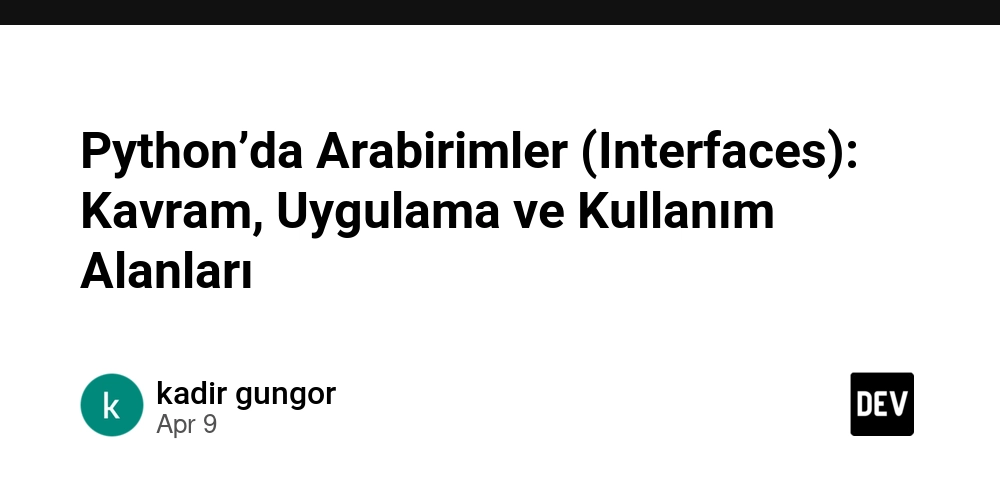
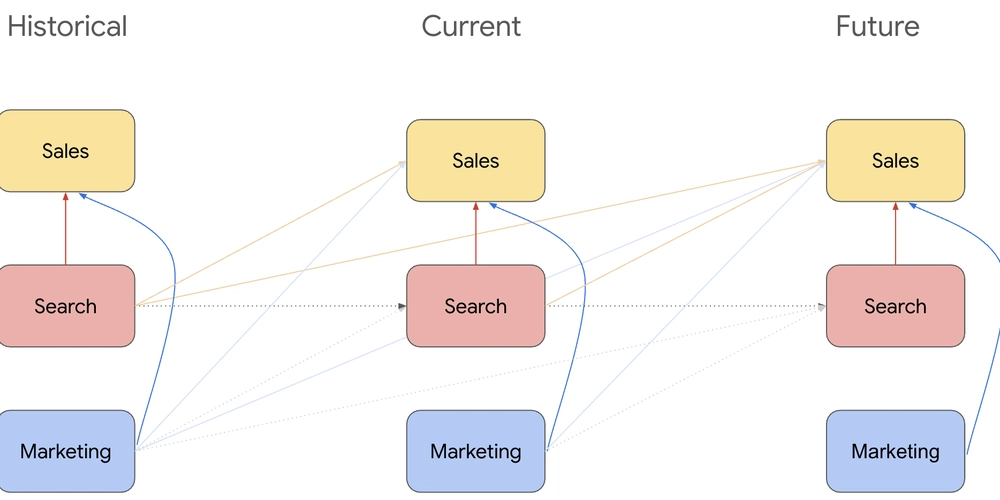

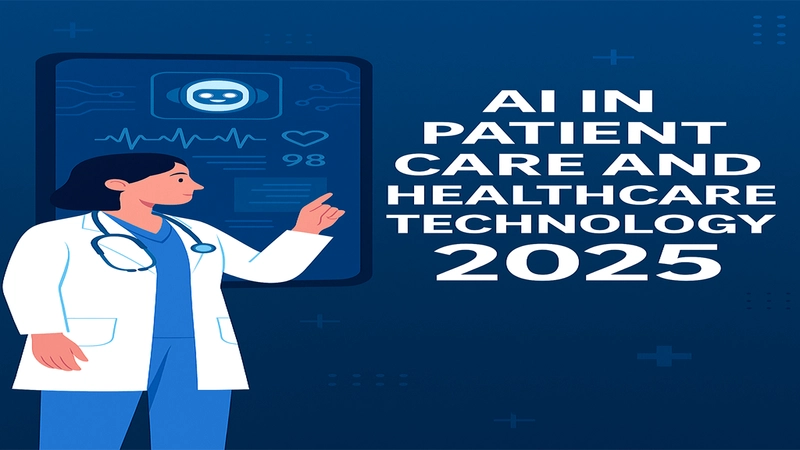














![From drop-out to software architect with Jason Lengstorf [Podcast #167]](https://cdn.hashnode.com/res/hashnode/image/upload/v1743796461357/f3d19cd7-e6f5-4d7c-8bfc-eb974bc8da68.png?#)











































.png?width=1920&height=1920&fit=bounds&quality=70&format=jpg&auto=webp#)




























































.jpg?#)







.png?width=1920&height=1920&fit=bounds&quality=70&format=jpg&auto=webp#)























_ArtemisDiana_Alamy.jpg?#)












































































-xl.jpg)












![Yes, the Gemini icon is now bigger and brighter on Android [U]](https://i0.wp.com/9to5google.com/wp-content/uploads/sites/4/2025/02/Gemini-on-Galaxy-S25.jpg?resize=1200%2C628&quality=82&strip=all&ssl=1)












![Apple Rushes Five Planes of iPhones to US Ahead of New Tariffs [Report]](https://www.iclarified.com/images/news/96967/96967/96967-640.jpg)
![Apple Vision Pro 2 Allegedly in Production Ahead of 2025 Launch [Rumor]](https://www.iclarified.com/images/news/96965/96965/96965-640.jpg)



































































































